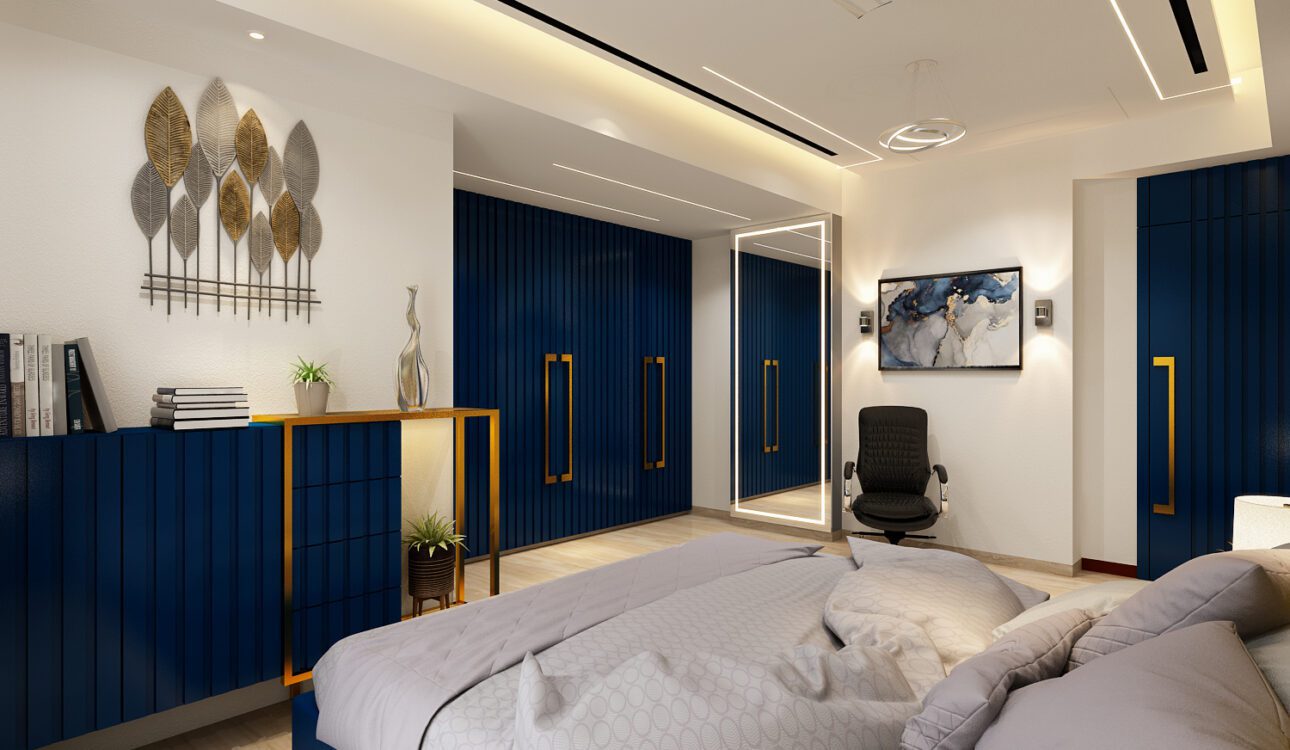Embracing Tradition: A Return to Classic Interior Designing Principles
In a world captivated by the sleek lines and futuristic visions of modern aesthetics, there exists a subtle yet powerful movement gaining momentum – a return to tradition in designing. This blog delves into the resurgence of classic design principles, exploring the timeless allure of tradition within the context of our contemporary lives.
Timeless Appeal
Traditional design exudes a timeless appeal that transcends fleeting trends. From the intricate details of ornate patterns to the comforting embrace of symmetrical arrangements, there’s an enduring charm that resonates through the ages. It’s a reminder that some design elements are not bound by the constraints of time but rather evolve gracefully, becoming eternally relevant.
Craftsmanship Revival
At the heart of traditional design lies a deep appreciation for craftsmanship. In a world accustomed to mass-produced goods, there’s a revival of interest in the meticulous artistry that defines traditional pieces. Each item becomes a testament to the skill and dedication of artisans, adding a layer of authenticity and uniqueness that is increasingly valued in our homogenized surroundings.
Natural Materials in Focus
Traditional interior design brings forth a renewed emphasis on natural materials, creating a harmonious connection with the environment. The warmth of wood, the enduring beauty of stone, and the tactile richness of handwoven textiles become integral components. In a society often dominated by synthetic substitutes, these materials not only contribute to aesthetic appeal but also evoke a sense of groundedness and sustainability.
Functional Simplicity
Simplicity in home interior design often embodies functional elegance. Traditional spaces, with their uncomplicated layouts and straightforward designs, offer a sense of comfort and ease in our daily lives. It’s a departure from the overly complex and often impractical aspects of some modern designs, inviting us to appreciate the beauty found in the functional simplicity of traditional aesthetics.
Cultural Influences
Exploring traditional design unveils a rich tapestry of cultural influences. Whether it’s the intricate motifs inspired by Asian heritage or the timeless elegance inherent in European classics, tradition becomes a vessel through which diverse cultural narratives are expressed. It’s a celebration of the global mosaic that defines our collective design heritage.
Modern Twists on Tradition
Far from being confined to the annals of history, traditional design undergoes a metamorphosis in the hands of contemporary designers. The fusion of tradition with modern sensibilities results in spaces that seamlessly blend the best of both worlds. This dynamic interplay allows for the preservation of classic aesthetics while embracing the innovations and technologies of the present.
Emotional Connection
Perhaps one of the most compelling aspects of returning to traditional design is the emotional connection it fosters. Nostalgia plays a powerful role as individuals find solace in the familiar. There’s a psychological resonance that draws us back to the classic aesthetics of tradition, creating spaces that not only please the eye but also evoke a profound sense of comfort and belonging.
Conclusion
In this journey back to tradition, we’ve explored the multifaceted layers that make traditional design a compelling choice in our modern world. The return to tradition is not merely a stylistic preference; it’s a deliberate and conscious choice to infuse our lives with enduring beauty, craftsmanship, and cultural richness.
As we navigate the delicate balance between the timeless and the modern, the classic and the cutting-edge, the return to tradition emerges as a celebration of design elements that connect us to our roots. It’s a testament to the resilience of classic aesthetics, proving that some things not only withstand the test of time but also evolve to become even more enchanting with each passing era.
So, whether you find yourself surrounded by the intricate patterns of traditional design, relishing the touch of natural materials, or marveling at the craftsmanship behind every piece, the return to tradition is a journey worth taking. It’s an ode to the enduring power of classic design principles, reminding us that, in a world of constant change, some things only grow more beautiful with time.

